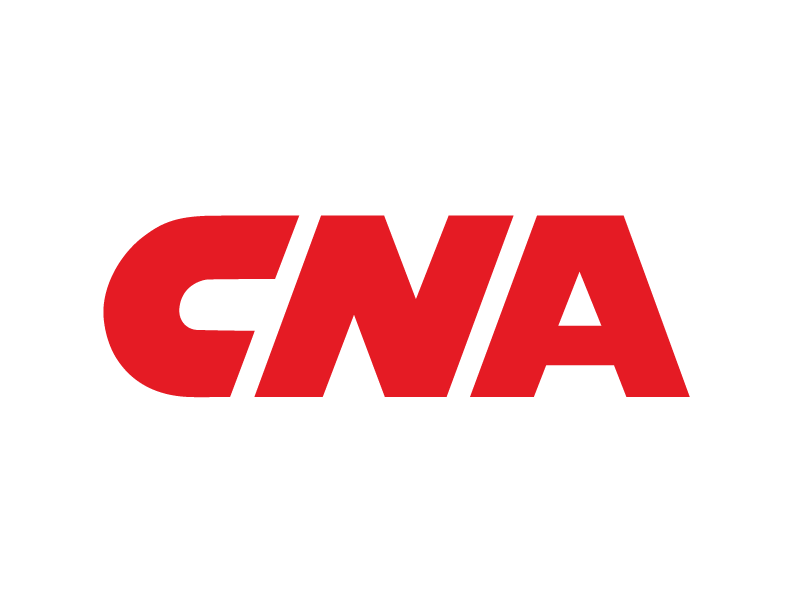Inflation Continues to Impact Claims Costs. Are Your Clients Prepared?
The Bank of Canada reported a consumer price index (CPI) of 6.9%1 in September, with the cost of commodities forecasted to increase. This, combined with the lingering supply chain crisis, means that everything is increasing in cost and is less readily available, including automobile parts, specialized equipment and building materials. As a result, claims departments are experiencing a lengthier claim resolution time.
Statistics Canada revealed that non-residential building construction costs in Toronto rose by 3.6% compared to the 3% increase in Montréal2. Construction costs to build warehouses and factories had the most significant increase in these census metropolitan areas, with higher construction costs in Toronto that “may have been influenced by demand conditions, with increased investment in warehouses and factories”2b.
PCL Construction, one of the top-ranking general contractors in the U.S. according to Engineering News-Record’s (ENR) annual Top 400 list3, reported that the cost of steel, rebar, glass and mechanical and electrical components will all increase by nearly 10% in 2022 4. Prices for asphalt, concrete and brick were also to increase but less dramatically. Throughout the year, the impact of the increased cost has created the need for alternative solutions.
The tight labour market in Canada heightens the time and funding required to indemnify clients who have suffered a covered loss. This infographic from the Labour shortage trends in Canada shows that recruiting skilled individuals has become a lot more difficult, especially for the construction sector.
The automotive sector has also experienced shortages and higher automobile pricing. According to AutoTrader, the “impact of the pandemic, most notably, [the] production issues fuelling new vehicle inventory shortages, continues to drive demand to used vehicles, resulting in a sustained price crunch”6.
In addition, FleetOwner reported in March that “semiconductors have become the national poster child for commercial vehicle equipment shortages,” and that “procuring equipment to move a record amount of freight” has led the commercial vehicle industry to be “met with persistent supply chain challenges that ramped up in 2021” and continue to be ongoing.7
As Heather Matthews, Chief Client Officer at Crawford & Company, told Insurance Business magazine, “Inflation and supply chain delays are having an immense impact on claims adjusters across Canada. Not only are these trends increasing the cost and lifecycle of claims, but they’re also wearing claimants’ patience thin”8.
It is important for brokers to speak candidly with their clients about how a loss may impact their business and the potential cost of a larger-than-usual claim. Here are a few pointers to keep in mind:
- Contact your Underwriting and Risk Control teams for support in a changing risk landscape. CNA's Strategic Business Resilience Report provides strategies on how to endure and thrive through adverse business conditions.
- Speak with clients regularly about their day-to-day business operations to ensure that their coverage is adequate for all business needs.
- Identify risks associated with the client’s business activities and suggest alternative supply chains and material sourcing.
- In the event of a claim, alert the client that the claims adjuster will be asking them questions about their loss as well as their business practices. The client should be prepared to provide additional documentation as required.
- Work with our Claims team, which can provide support to brokers and clients with guidance throughout the claims process.
Businesses cannot avoid the impact of inflation and the persisting supply chain issues; however, they can work proactively with the resources at their disposal to reduce potential disruptions and mitigate potential losses. Alternative solutions create safeguards which can help businesses continue to carry on as usual.
Sources:
- Indicators of Capacity and Inflation Pressures for Canada
- Building construction price indexes, first quarter 2022
- PCL Construction is No. 12 in ENR’s 2022 Top 400 Rankings
- Canadian Inflation and the Construction Industry
- Labour shortage trends in Canada
- AutoTrader Price Index, July 2022
- Navigating equipment shortages: Fleet, dealer insights
- Inflation and supply chain delays adding stress for claims adjusters
- How marine & logistics insurance is evolving alongside the supply chain
In Canada, products and/or services described are provided by Continental Casualty Company, a CNA property/casualty insurance company. The information is intended to present a general overview for illustrative purposes only. Read CNA’s General Disclaimer.
